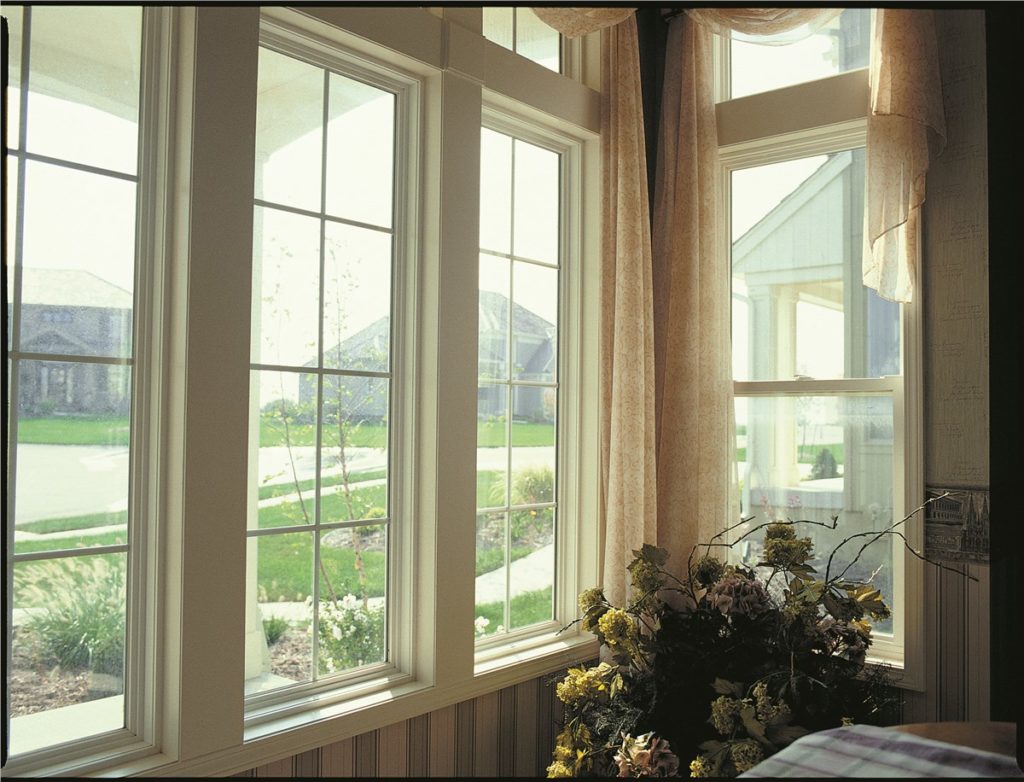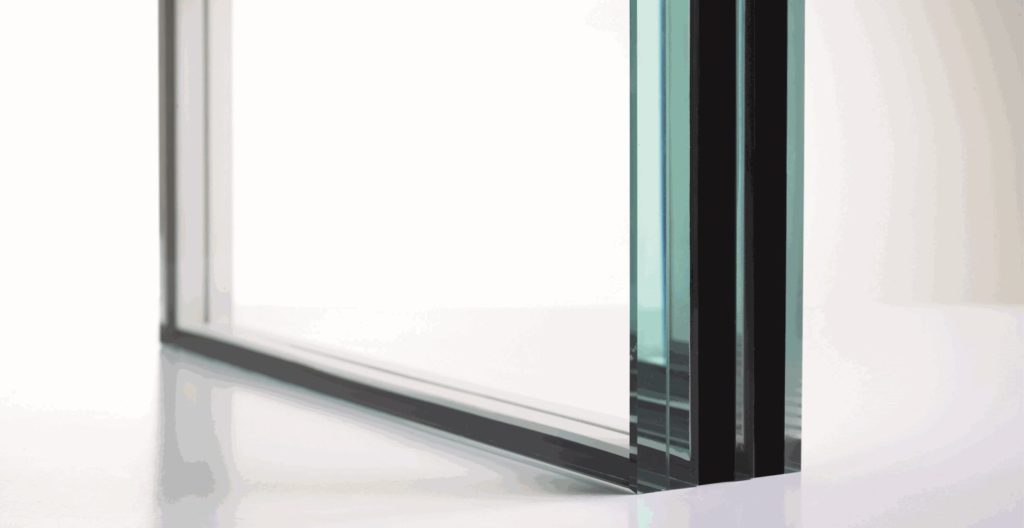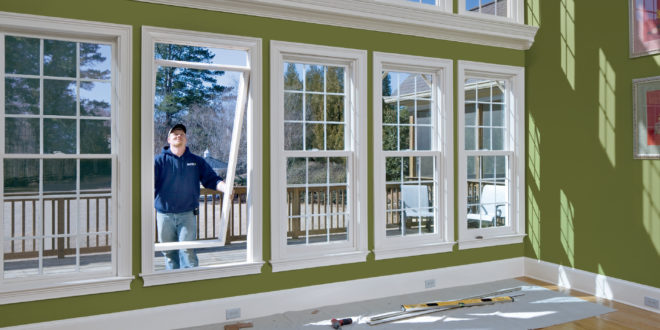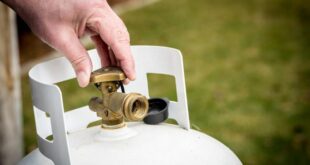Tired of the ever-surging energy bills? Well, you may be considering window replacements to make your bills more manageable. Whereas new energy-efficient windows can significantly help cut down your energy consumption, you have to take additional measures to realize significant results with regard to making your home more energy-efficient. And such actions include:
- Switching off the lights when not using them.
- Choosing the right light. For instance, LED bulbs utilize 75% less electricity compared to the incandescent lighting bulbs, thus considered the most energy-efficient bulbs when it comes to lighting.
- Shutting down your computer and other electronics when not in use.
- Recycling waste materials like paper and plastic bottles.
- Investing in a smart thermostat, which allows you to regulate your home’s temperature even while away, plus keeping you on the know-how of how much energy you’re consuming to be aware of your consumption rate.
With all that said, how then do window replacements help lower your energy consumption? We reached out to experts in Austin TX, ZenWindowsAustin, to help us explain!
How window replacements save you energy

First things first. When replacing your windows, consider going for new and more energy-efficient units. Most homeowners often make the mistake of purchasing the same type as their old ones. Yes, they may look beautiful as they complement the color and architectural design of your home; but are they helping you save more or simply spend more on your bills?
With quality window replacements, you’re sure to save at least $27 a year on your energy bills, but the savings can be even higher if you’re replacing your single pane windows with energy-star qualified units. You can save between $126 and $465 annually, depending on your location and the number of units you replace.
How energy-efficient windows work
Quality energy-efficient windows feature an array of technologies, which all play significant roles in ensuring high-efficiency levels of the windows. Below is a brief breakdown of some of the efficiency features that help keep your home warm and cozier in the wintertime and cooler in the summer.
1 – Multiple panes

It’s one of the latest window technologies fast-replacing the single-paned. Double and triple-paned windows help prevent the penetration of UV rays into your interior space to ensure your comfort throughout the seasons. Triple paned ones, specifically, can deter up to 97% of the harmful UV rays, which, therefore, saves you the cost of replacing your faded furniture or carpet.
The multiple panes also help make the units stronger by enhancing their ability to resist any form of impact.
2 – Glass coating
Energy-efficient windows feature low-E glass coating, which, indeed, allows for the penetration of light (short-wave energy) through the glass but prevents up to 90% of the long-wave energy (UV rays)—the often troublesome heat you feel.
With Low-E glass coatings, you’re guaranteed of enhanced home energy efficiency, less UV damage, and reduced condensation, which is usually a major headache during the heating season.
3 – Warm edge spacer

Spacers help separate and provide support to the glass panes in the case of multiple-glazed windows. They hold the panes in position to create an air space—usually filled with krypton or argon gases, and, therefore, promoting the window’s moisture seal and thermal properties in addition to improving its structural integrity.
4 – Quality frame materials
The vinyl, aluminum, composite, fiberglass, and wood, and combination framing materials, featured in most of the energy star certified windows, help reduce heat transfer, thus enhancing the window’s insulating properties.
However, note that each of these framing materials exhibits unique benefits and drawbacks in terms of efficiency levels, durability, and maintenance needs.
The Takeaway on the Impact of Window Replacements and Reduced Energy Consumption
Though other options like caulking or weathering of your existing windows can help enhance their efficiency, investing in new energy-efficient window replacements remains the most efficient and cost-effective way to enhance your home’s energy efficiency.
It may seem costly, especially on a tight budget, but the good news is that you may start saving money on the replacement cost (regardless of the number of them you’re replacing) by applying for a federal tax credit, provided you’re investing in energy star windows. Check with your tax advisor!
Perhaps, what you really need to look out for is the Solar Heat Gain Coefficient (SHGC) and U-factor ratings on the window units.
Solar Heat Gain Coefficient measures how effective the windows are in blocking the heat coming from the sun; whereas the U-factor determines the entire heat loss rate.
The lower the ratings the better as it implies robust window insulating properties. In fact, a 0.3 or lower rating on both SHGC and U-factor is a mandatory requirement for you to qualify for a federal tax credit.
With optimally performing windows, you’re guaranteed of enhanced home comfort, energy efficiency, and less disturbance from outside noise, among many other benefits.
 Imagup General Magazine 2024
Imagup General Magazine 2024



